| Columns Retired Columns & Blogs |
Excellent review!!! How would you compare it to the ARC REF 160s?
Our review samples of Doshi Audio's Monoblock V3.0 amplifier were well traveled, having been shown at the Rocky Mountain Audio Fest in Denver in 2017, and at AXPONA and Munich High End in 2018, before making their way to Washington and Jason Victor Serinus. Unfortunately, they then didn't survive their transcontinental trip from Jason's place to mine at the hands of UPS. Although the boxes seemed undamaged, they must have been dropped at some point: neither amp worked. Fortunately, Nick Doshi was able to drive up from Virginia to Brooklyn at short notice to repair them. (A solder joint had been fractured in one amplifier, resulting in a blown fuse when I turned it on; the other amp had a broken binding post.)
Once the Monoblock V3.0s had been repaired, I measured them using my Audio Precision SYS2722 system (see the January 2008 "As We See It"). Before doing so, I checked the bias current for each of the four Tung-Sol KT150 output tubes in each amp using the front-panel display and the four trim pots on the top panel, and set all four to the recommended 190mV.
The Monoblock V3.0 has both balanced (Buffered) and single-ended (DIR.SE) inputs, and is specified as having an input sensitivity of 1.4V for its full 160W power into 4 ohms—as supplied, the amplifier is set up for a 4 ohm load—which is equivalent to an RMS voltage of 25.3V. This is a voltage gain of 25.1dB. Into 8 ohms I measured a higher gain, 29.2dB, with both the balanced and unbalanced inputs on both samples. Both inputs preserved absolute polarity (ie, were non-inverting), the XLR jack wired with pin 2 hot. The input impedance is specified as 47k ohms for both balanced and unbalanced inputs. I measured 45k ohms at 20Hz and 1kHz for the single-ended inputs, this dropping inconsequentially to 37k ohms at 20kHz. The balanced input impedance was 20k ohms from 20Hz to 20kHz.
The output impedance for serial no. 1803 was 0.56 ohm at 20Hz and 1kHz, rising to 0.73 ohm at 20kHz. The impedance for serial no. 1805 was a little lower, at 0.39 ohm at 20Hz and 1kHz, and 0.57 ohm at 20kHz. As a result, the modulation of the Doshi's frequency response driving our standard simulated loudspeaker was a moderate ±0.25dB, before rapidly rolling off above 20kHz (fig.1, gray trace). The ultrasonic rolloff began a little earlier into lower impedances, the response into 2 ohms being down by 0.8dB at 20kHz (red trace). There is a suppressed peak just above 100kHz in these responses, which correlates with some ringing on the tops and bottoms of a 10kHz squarewave (fig.2). The 1kHz squarewave was superbly square (fig.3)—the Monoblock V3.0's Sowter output transformer is of high quality.
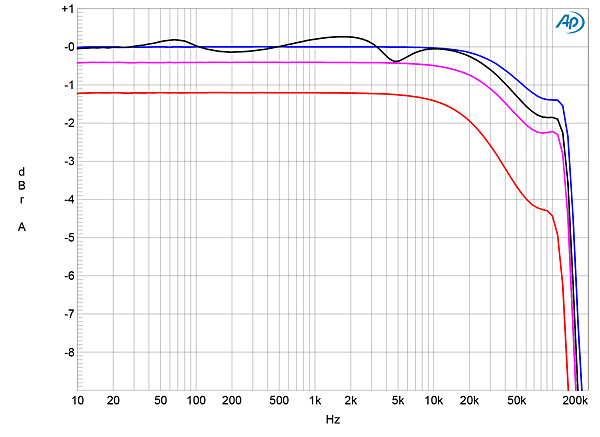
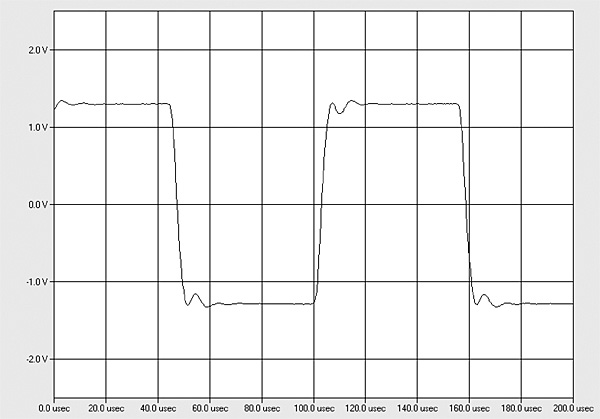
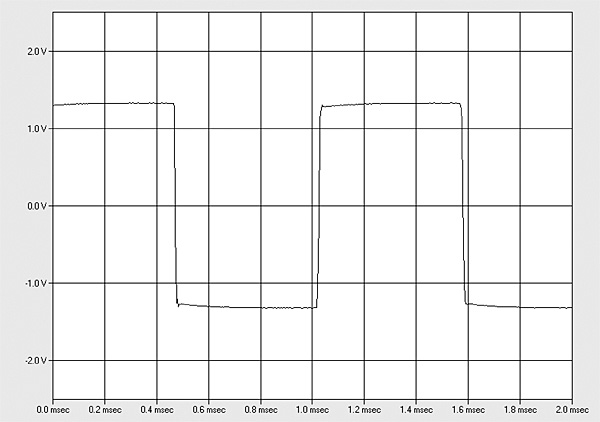
The unweighted, wideband signal/noise ratio, taken with the single-ended inputs shorted to ground, was 64dB, ref. 1W into 8 ohms. This ratio was not affected by the rear-panel ground-lift switch, but improved to 84.4dB with an A-weighting filter in circuit. Spectral analysis of the low-frequency noise floor (fig.4) revealed AC-supply–related harmonics at 60Hz and its harmonics, which correlated with the 64dB unweighted S/N ratio.
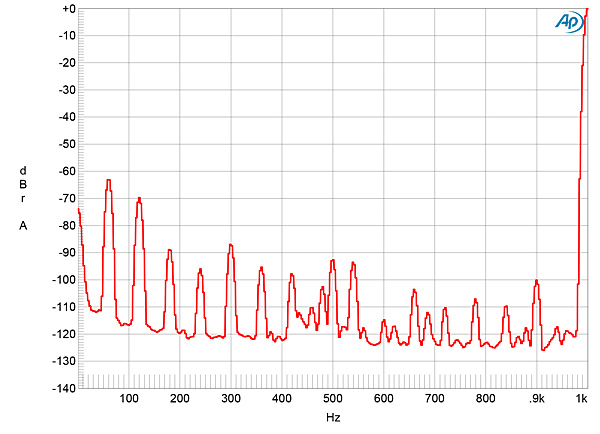
We define clipping as being when the THD+noise in the output reaches 1%. My measurements of the Doshi's clipping power were 110W into 8 ohms (20.4dBW, fig.5) and 170W into 4 ohms (19.3dBW, fig.6), the latter slightly higher than the specified 160W (19dBW). Because the traces in these graphs indicate that the THD+N percentage is dominated by noise below 8W or so, I examined how the Doshi's THD+N varied with frequency at 8.95V (equivalent to 10W into 8 ohms, 20W into 4 ohms, and 40W into 2 ohms), to be sure I was looking at actual distortion. The THD+N was low into 8 and 4 ohms (fig.7, blue and magenta traces), but rose into 2 ohms (red) and in the top two audio octaves. The distortion doesn't rise at low frequencies—a tribute to the output transformer's core being sufficiently massive not to become saturated.
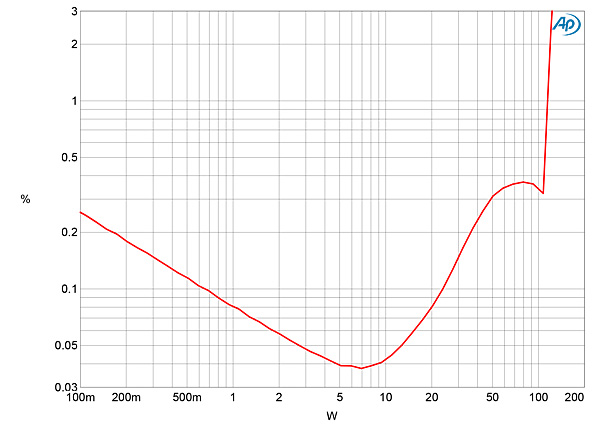
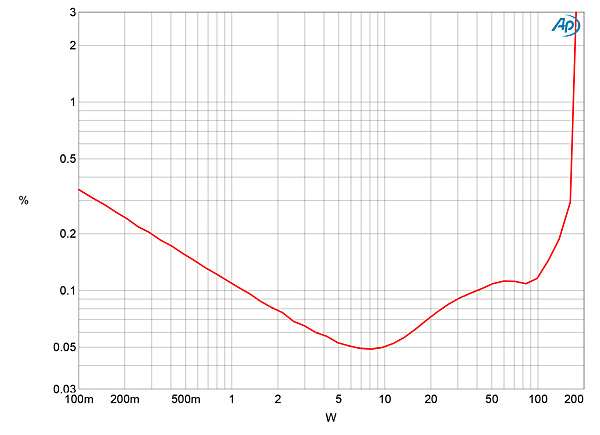
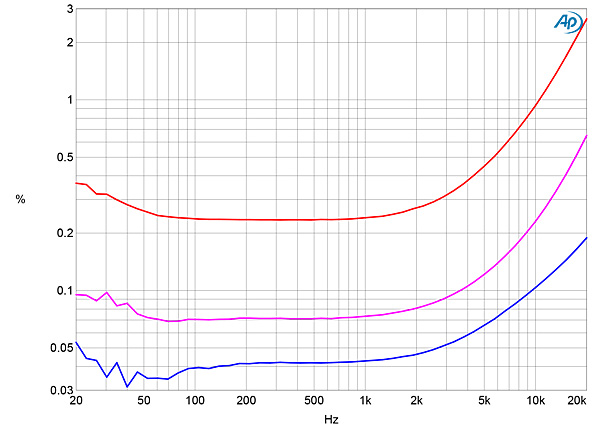
The Doshi amplifier's distortion signature at moderate powers into 8 ohms is almost pure third harmonic (fig.8). However, the second harmonic rose in level at higher powers into 8 ohms (fig.9), and was dominant at high power into 4 ohms (fig.10). When I fed the Monoblock V3.0 an equal mix of 19 and 20kHz tones with the signal peaking at 67Wpc into 4 ohms (fig.11), the decrease in the circuit's linearity at very high frequencies resulted in some higher-order products, but the difference product at 1kHz lay at a respectably low –71dB (0.03%).
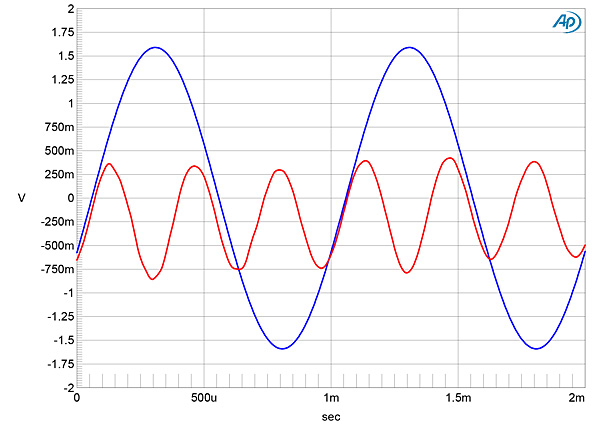
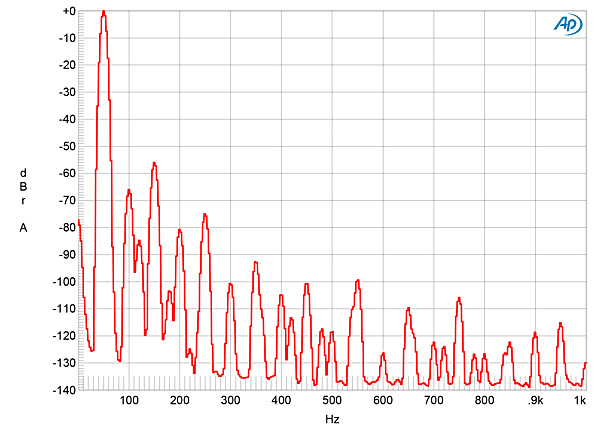
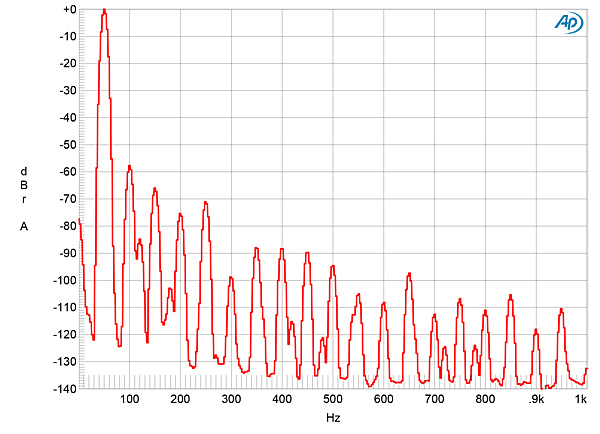
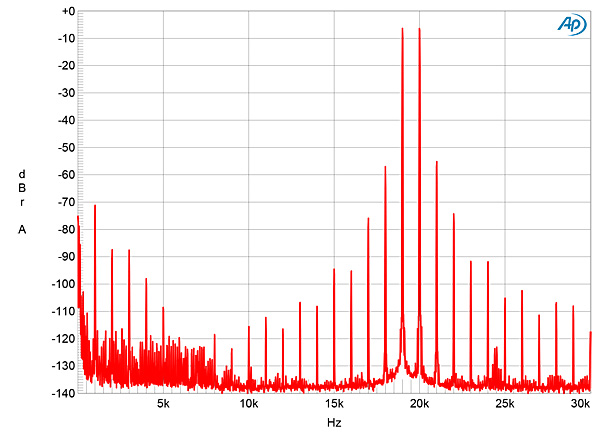
The Doshi Monoblock V3.0 power amplifier's measured performance indicates conservative audio engineering. And I continue to be impressed by the quality of its output transformer.—John Atkinson

Excellent review!!! How would you compare it to the ARC REF 160s?

Since my associated equipment remained consistent for both reviews, which were done consecutively, all you need do is read the descriptions of sound and features.

"The Heart is more treacherous than anything, who can know it"?
I wonder how an interested ( civilian ) Person achieves a Confidant Decision on things like Amplifiers?
I explored quite a few before settling on Electrocompaniet but I had trusting Manufactures willing to make loans of their gear for timely decisions.
If this Doshi Amplifier finds it's way into "Long Term Loan" position for Mr.JVS's reviewing duties, I'll be suitably impressed. I used Electrocompaniet Mono Amps supported by the measly Conrad-Johnson MV-45a Tube Amp for careful evaluations. The Electrocompaniet was farrrrrrrrrrrr better than the Sweet little CJ ( bless it's heart ).
Mr.JVS doing Tube reviews, hmm, Kevin Deal is taking notice. It's kinda like a Learjet Pilot doing a review of a Cessna 150 by comparing it to a Gulfstream g10. Is there a record player review on the horizon?
I'll hope for a Kii review, comparing it to those Big Wilsons, wondering if the Kii will become a welcome addition to the Main House.
Tony in Michigan

If JVS starts reviewing analog gear, he may decide that all those hi-res files converted to vinyl LPs, sound better than the original hi-res recordings/files :-) ............

Who would do stupid stuff like that???
that's Crazeyyyyyyyyyyy, isn't it?
tony in Michigan

Not at all ....... If we own a $200,000 turntable with a $50,000 tonearm and $15,000 phono-cartridge, all vinyl LPs should sound 'heavenly' :-) ...........

One thing,
I prefer the way Robert Deutsch reports on prices. I am picturing these for 3,600 dollars per pair.
If only!

I promise at least one price finger slip in the coming year. What I can't promise is in which direction it will go.

Oh ...... I forgot to mention ........ JVS is also gonna tell us that he is not the same guy as that 'my pillow' guy :-) .........

May be JVS could consider trying one of the PS audio power conditioner/regenerators to stabilize the voltage fluctuations? ......... PS audio P-20 was favorably reviewed in Stereophile :-) ..........

What should we have in the 'desert island'? .......... Filet mignon and chocolate cake or tofu stir-fry and sugar-free dessert? ......... Hmm ... tough choice :-) ...........

... any hi-res recordings when the amp's distortion levels equate to about 10-bit resolution. Presumably that's the trade-off to be made if you prefer to have the "gray areas fill[ed] in with different shades of living color."
Interesting to note that the amp's distortion is predominantly third harmonic, while one would typically expect to see mainly second harmonic distortion from a tube type amp. Wonder how the sound quality of this amp would appeal to second harmonic distortion fan AD? Maybe JA can drive the amps up to AD because they might not survive shipping.

They could switch and listen to vinyl LPs and analog compact cassette tapes, which have about 10 bit SNR .......... They can also listen to most of the streaming websites, which do about max. 8 bit SNR streaming :-) ..........

May be JVS could start reviewing some OTL tube amps and single-ended triode tube amps? ........... Why stop here? :-) .............
More filet mignons and chocolate cakes please :-) ............

Tubes are the worst kind of addiction there is .......... Once anybody gets hooked on to them, any amount of rehab can't cure that addiction ........ Don't you get mesmerized just looking at those glowing tubes? Transistors are awfully ugly looking, don't you think? :-) .........